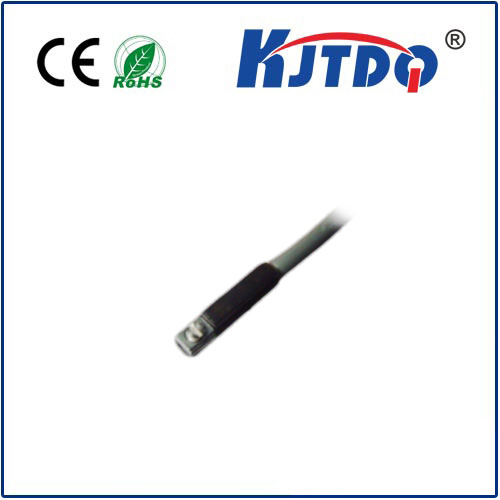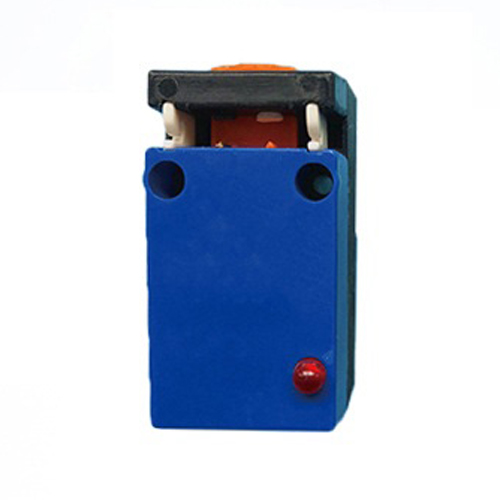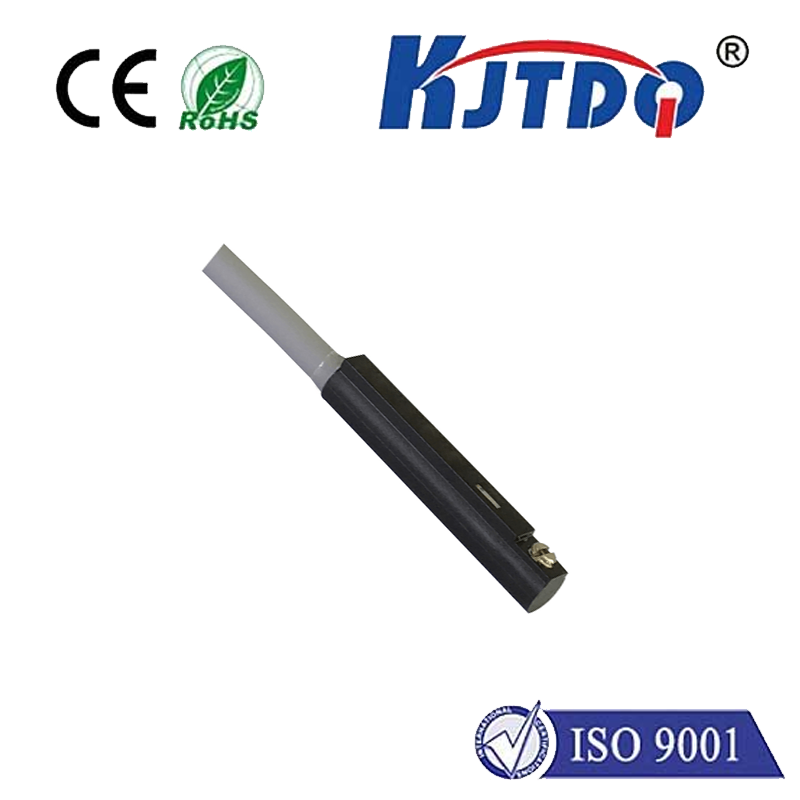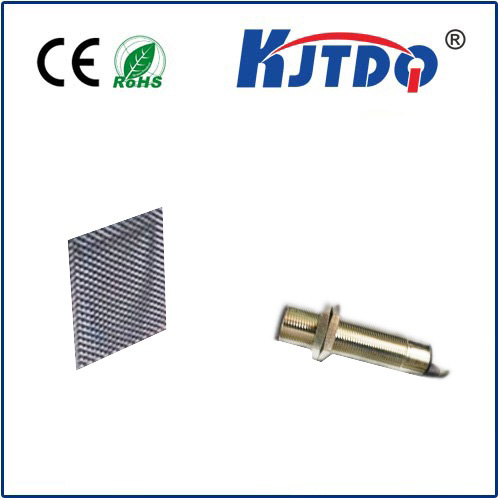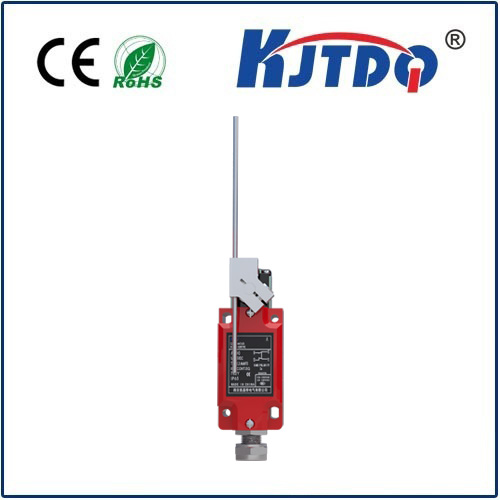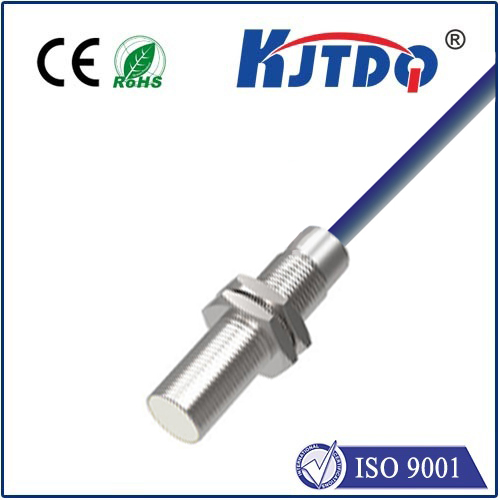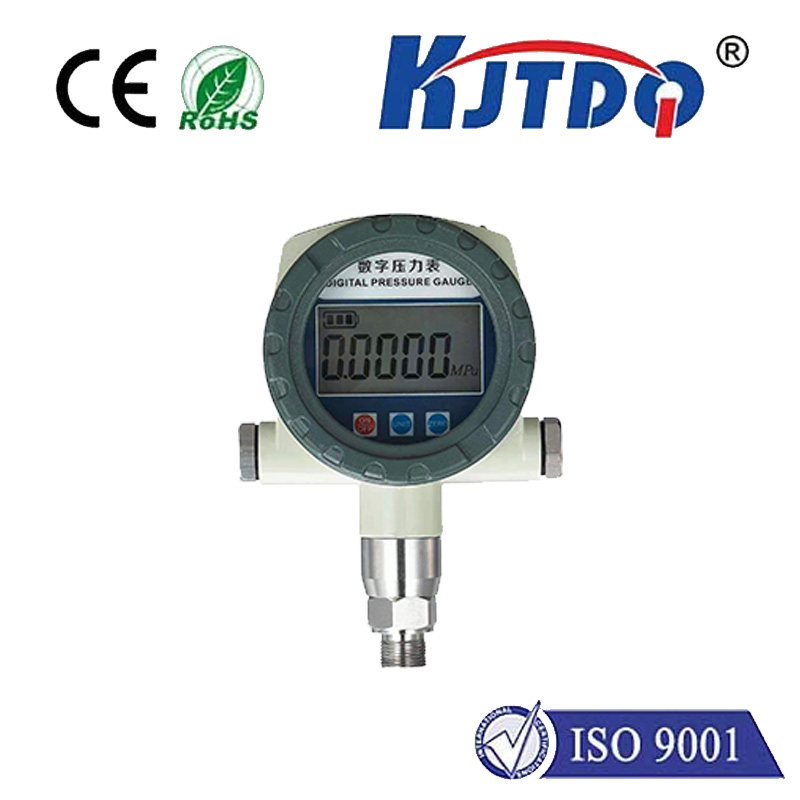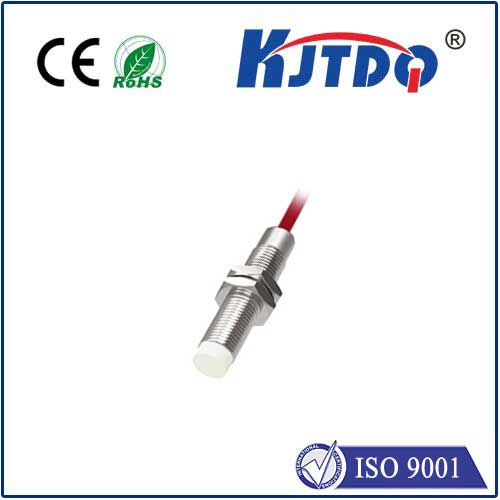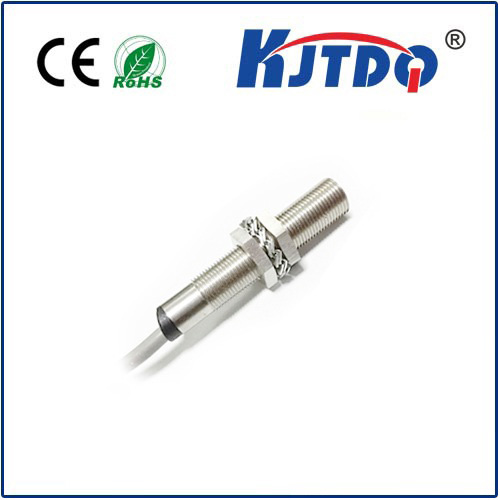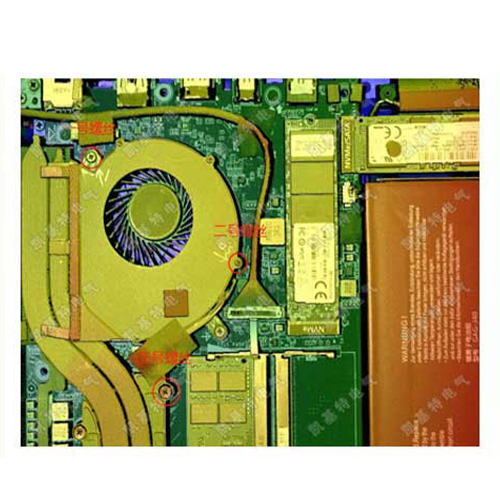BES0039 high pressure proximity sensor
- time:2025-10-17 05:27:55
- Click:0
Mastering Extreme Environments: The Precision of BES0039 High Pressure Proximity Sensors
From the depths of hydraulic presses to the demanding fluid control systems within energy production, industrial processes frequently operate under immense pressure. Ensuring safety, precision, and efficiency in these high-stakes environments requires sensors built to withstand the pressure, literally and figuratively. This is where specialized components like the BES0039 high pressure proximity sensor step into the spotlight, offering reliable non-contact detection where conventional sensors simply cannot tread.
Understanding the core function demystifies its importance. A proximity sensor detects the presence or absence of a nearby object without physical contact. The “high pressure” designation signifies that this particular sensor, identified by the model number BES0039, is engineered and constructed to perform flawlessly even when submerged in or directly exposed to fluids or environments operating under significantly elevated pressures. This capability is not a luxury; it’s often a critical safety and operational necessity.
What Sets the BES0039 High Pressure Proximity Sensor Apart?
Standard proximity sensors might function well in ambient factory settings, but introduce intense hydraulic pressure, high-pressure washdowns, or demanding process fluids, and their reliability plummets. The BES0039 is built differently:

- Robust, Pressure-Containing Housing: The defining feature is its housing designed as a pressure barrier. It’s typically constructed from high-grade stainless steel or similarly resilient materials, featuring specialized seals and construction techniques (like welding or specific thread designs) capable of withstanding continuous exposure to system pressures far exceeding atmospheric levels. This hermetic sealing protects the sensitive internal electronics.
- Exceptional Ingress Protection: High pressure resistance often goes hand-in-hand with superior sealing against dust and liquids (IP ratings like IP67, IP68, or IP69K). The BES0039 is likely designed to resist not just pressure ingress but also harsh contaminants, moisture, and aggressive cleaning processes common in oil & gas, chemical processing, and heavy industrial settings.
- Unwavering Sensing Performance: Even under pressure, the core function remains paramount. Utilizing technologies like inductive sensing (ideal for detecting metallic targets), the BES0039 provides precise, repeatable detection. Key metrics like switching distance and hysteresis are engineered to remain stable despite the challenging environmental conditions.
- Engineered for Reliability and Longevity: Operating under constant stress demands components built to last. The BES0039 high pressure proximity sensor emphasizes high reliability and extended operational lifespan, minimizing costly downtime and maintenance interventions in critical systems. Materials are often chosen for corrosion resistance as well.
- Versatile Electrical Options: Catering to diverse industrial control systems, these sensors typically offer standard output configurations (like PNP/NPN transistor or NAMUR) and connection types (cable or connector variants like M12), ensuring seamless integration into existing panels and PLCs.
Where the BES0039 High Pressure Proximity Sensor Truly Shines: Key Applications
The unique capabilities of the BES0039 sensor make it indispensable in sectors where pressure is a constant factor:
- Hydraulic Systems: Monitoring cylinder positions, valve states, and component presence within high-pressure hydraulic power units used in presses, injection molding machines, construction equipment, and agricultural machinery. Failure here can lead to catastrophic damage or safety hazards.
- Oil & Gas Exploration and Production: Downhole tools, pipeline monitoring, valve position feedback, and equipment status detection on offshore platforms and refineries, where sensors face extreme pressures, potentially explosive atmospheres (ATEX/IECEx certifications may be relevant depending on specific models), and corrosive fluids.
- Chemical & Petrochemical Processing: Monitoring pumps, compressors, reactors, and valves handling high-pressure, aggressive, or hazardous chemicals. Corrosion resistance and reliable sealing are paramount.
- High-Pressure Die Casting & Forging: Detecting模具positions, ejector pins, and safety interlocks in environments exposed to immense clamping forces and molten metal splatter.
- Power Generation: Monitoring turbine components, boiler feed systems, and high-pressure fluid lines within thermal and hydroelectric power plants.
- Marine & Subsea Applications: Equipment monitoring on vessels and subsea installations where sensors must endure deep-water pressures and saltwater corrosion.
The Tangible Benefits: Why Specify the BES0039?
Choosing a sensor like the BES0039 high pressure proximity sensor translates into concrete operational advantages:
- Enhanced Process Safety: Reliable detection of machine states and component positions under high pressure is crucial for preventing accidents and ensuring personnel safety through effective interlocks and shutdown sequences.
- Maximized Uptime & Reduced Downtime: Built for harsh environments, the high reliability and robust construction significantly reduce unexpected failures and associated production stoppages.
- Improved Process Control & Quality: Precise and consistent detection allows for tighter control over automated high-pressure processes, directly impacting product quality and consistency.
- Lower Lifetime Costs: While potentially a higher initial investment compared to standard sensors, the long operational life and reduced need for replacements and maintenance lead to a far lower total cost of ownership.
- Simplified Integration & Compatibility: Designed with industrial standards in mind, integrating the BES0039 into control systems is typically straightforward, minimizing engineering time.
Selecting the Right BES0039 Sensor: Crucial Considerations
Deploying a high pressure proximity sensor effectively requires careful selection:
- Operating Pressure Rating: This is paramount. Ensure the sensor’s specified maximum working pressure comfortably exceeds the actual peak pressures encountered in your application, including pressure spikes.
- Media Compatibility: Will the sensor be immersed in hydraulic oil, water-glycol, aggressive chemicals, or steam? Verify the housing and seal materials are compatible.
- Temperature Range: Consider both ambient temperature and the temperature of the pressurized medium the sensor might contact.
- Target Material & Switching Distance: Is the target ferrous or non-ferrous metal? Ensure the sensor’s inductive range is suitable for the required detection gap.
- Electrical Requirements: Match the output type (PNP, NPN, NAMUR) and supply voltage to your control system.
- Environmental Protection (IP Rating): Confirm the IP rating meets the demands for dust and liquid ingress protection beyond just pressure tolerance.
- Certifications: Does the application require specific certifications like ATEX/IECEx for hazardous areas?
A Foundation for Robust Automation
The BES0039 high pressure proximity sensor is far more than just a component; it represents an engineered solution for some of the most demanding detection tasks in industry. Its ability to deliver consistent, reliable performance while submerged in or exposed to extreme pressures makes it a cornerstone technology for enhancing safety, optimizing processes, and ensuring the smooth operation of critical machinery where pressure is the norm. When failure is not an option under high load, specifying a sensor engineered for the challenge, like the BES0039, becomes a fundamental requirement for resilient and efficient automation.






